
Principles Of Pathology: A Text Book Of Ayurveda
Book Specification
| Item Code: | IDF041 |
| Author: | Edited By: Dr. A.Lakshmipathi |
| Publisher: | Chaukhamba Sanskrit Pratishthan |
| Language: | English |
| Edition: | 2005 |
| ISBN: | 817084290X |
| Pages: | 666 |
| Cover: | Hardcover |
| Other Details | 8.75" X 5.7" |
Book Description
In this Preface, I take the opportunity of suggesting to the reader the vast accumulation of knowledge of health and disease that the reader should expect while going through the book. I am sure that the vastness of accumulated knowledge in Ayurveda will convince him of the breadth and depth of our ancestor's observations in different fields. Ayurveda as a science belongs to a civilization which is widely accepted in other aspects such as different philosophies and sciences. Ayurveda being a practical science represents to us the positive value to life of what is accepted in theory. For instance, the term 'Samprapti' in Ayurveda means the description in detail of all the morbid processes that take place in different diseases and in different stages of the same disease. In Western medicine, the subject of Pathology deals with the same subject. In the Ayurvedic Textbooks a whole idea comprising many chapters is epitomized in a small sutra or word. It is the duty of modern commentators to explain these sutras (aphorisms) in the modem way. I have only tried this method to a very small extent. Much more remains to be done. In this book, we have tried to co-ordinate and to explain, both from the ancient and modern points of view, the Principles of Pathology in a manner that may be found most useful to an Ayurvedic student, infact, to any student of science.
In the compilation of this book, I have mainly depended upon the 'Textbook of Pathology' by Dr. Direndra Nath Banerjee, Professor of Pathology, Carmichal Medical College, Calcutta for explaining the Allopathic view point. I have quoted some chapters in extenso, from this book because I found them very concise and accurate. I accurate. I only added here and there a few comments for the understanding of the subjects by the Ayurvedic student. I am very much indebted to him for his kindly giving me his consent to make use of his book in any manner I wished. I hope the way in which the subject is dealt with will be appreciated by the students and future authors, so that a synthetic medicine may soon be evolved in India. I have acknowledged my indebtedness to others, in the body of the book whereever I had the occasion to quote from their writings. I shall be glad to receive any criticism from the readers so as to make the next addition more useful.
| SECTION - I | ||
| 1. | Introduction | 1 |
| 2. | Vrana Prasana - The questions of Inflammation, Destruction and Repair of Tissues | 3 |
| 3. | Dosha Dhatu Sammurchana (The Phenomenon of Inflammation) | 18 |
| 4. | Prakopa (Excitement before War) | 30 |
| 5. | Prasara Stage (Expansion Beyond Usual Limits) | 34 |
| 6. | Sthana Samsraya Stage - Change of Place - Localization | 37 |
| 7. | Vyakti or Vyadhi Darshana Establishment of Definite Disease | 40 |
| 8. | Bheda - Destruction of Tissues (The Six Stages of Inter-action) | 44 |
| 9. | Sopha - Oedema | 48 |
| 10. | Paka - Ripening | 69 |
| 11. | Vyadhi Darshana, Manifestation of Disease | 80 |
| 12. | Vrana Bhava - The Stage of Ulceration | 102 |
| 13. | Kodha - Samkodha - Necrosis - Gangrene | 115 |
| 14. | Vrana Ropana Vidhana - Regenerative Tissue Changes | 129 |
| 15. | Srotogata Vrana Paka | 137 |
| 16. | Visishtha Vrana Paka - Specific Granulation | 156 |
| 17. | Dhatu Paka - Retrogative Tissue Changes | 192 |
| SECTION - II | ||
| 1. | Classification of Tumours | 1 |
| 2. | The Connective Tissue Tumours (Sandhi Dhatuja Granthis) | 27 |
| 3. | Siraya - Arbuda Antah Twachoma Tumours Originating from Blud Vessels and Nerves | 43 |
| 4. | Epithelial Tumours - Bahya Kavachoma | 49 |
| 5. | 'The Teratoma (Sarvoma) and Cysts (Vasti Granthis) | 63 |
| SECTION - III | ||
| 1. | Vedic Parasitology | 1 |
| 2. | Vedic Bhutas and Pishachas (Pathogenic Microbes and Viruses and Etherial Bodies) | 15 |
| 3. | Infection and Resistance - Vyadhi Sankramana and Rakshana Shakti | 23 |
| 4. | Definition and Classification of Parasites | 31 |
| 5. | Fungi -Moulds - Silendha - Hyphomyits Bijaja Sukashma Jivis | 36 |
| 6. | Sehizomycetes or Bacteria - Khandaja (Sukshma Jivis or Jivanus) | 41 |
| 7. | Study of the Bacteria | 63 |
| 8. | Special Bacteriology - Points to Mention in describing the Bacteria | 76 |
| 9. | Viruses and Virus Diseases Visha Vayus | 89 |
| 10. | Protozoa Ekakana Jantus | 96 |
| 11. | Mastigophora - Flagellata | 108 |
| 12. | Sporozoa (Bijaja Krimi) | 115 |
| 13. | Roga Sakramana - Communicability of Diseases | 123 |
| SECTION - IV | ||
| 1. | Krimis in Ayurveda | 1 |
| 2. | Cestodes or Tapeworms Bradhna Krimi | 9 |
| 3. | Trematodes - (Flukes) Patra Krimi | 16 |
| 4. | Phylum Nemathelminthes - Nematodes Round Worms - Gandupada Jati | 18 |
| SECTION - V | ||
| 1. | Introduction - Worms - Krimis | 1 |
| 2. | Insects - Kitakas | 5 |
| 3. | Ayurvedic Survey | 13 |
| 4. | Scorpions | 19 |
| 5. | Lutas - Spiders | 22 |
| 6. | Fishes | 25 |
| 7. | Frogs (Amphibia) | 26 |
| 8. | Reptiles | 27 |
| 9. | Rats | 28 |
| 10. | Snakes | 30 |
| 11. | Rabid Animals | 46 |
| 12. | Kerala Sampradaya | 50 |
| SECTION - VI | ||
| 1. | Shaja Rakshana Sakti-Natural Immunity | 2 |
| 2. | Kritrima Rakshana Sakti | 5 |
| 3. | Pratyaksha Rakshna Sakti | 6 |
| 4. | Paroksha Rakshna Sakti | 13 |
| 5. | Summary | 15 |
| 6. | Rakshna Sadhanas - Defensive Mechanism | 16 |
| 7. | Rasayanika Rakshan Sadhanas Chemical Mechanism of Defence | 24 |
| 8. | Prti Dravyas (Anti Bodies) | 27 |
| 9. | Rakshna Sakti Vadas (Theories of Immunity) | 49 |
| 10. | Asahtshnuta - Hypersensitiveness, Anaphylaxis, Allergy | 59 |
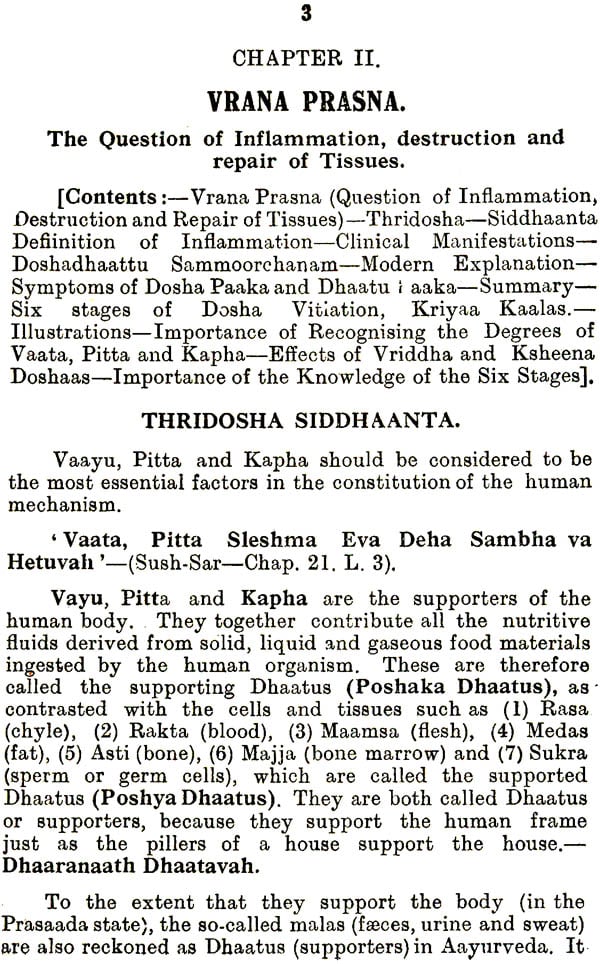

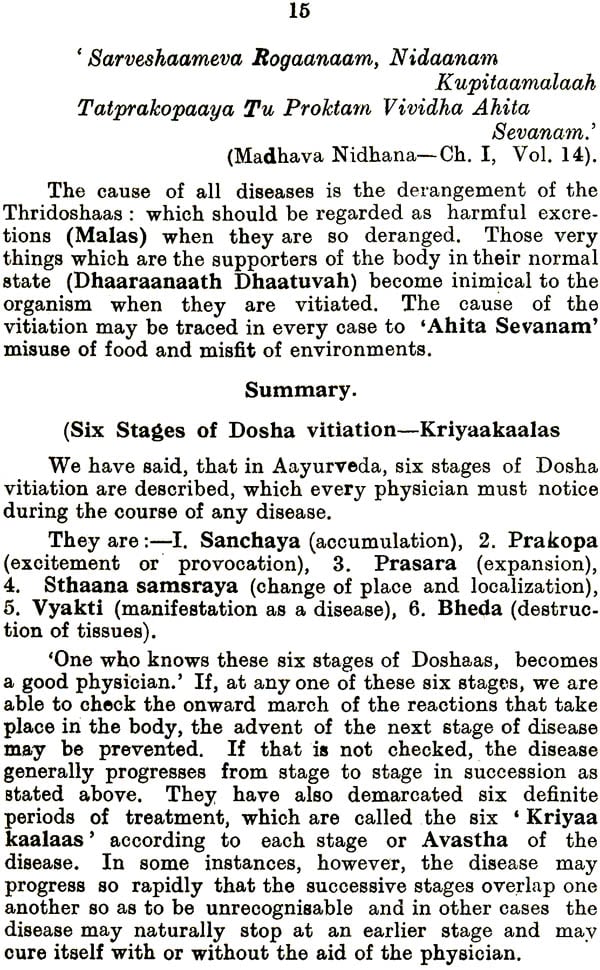

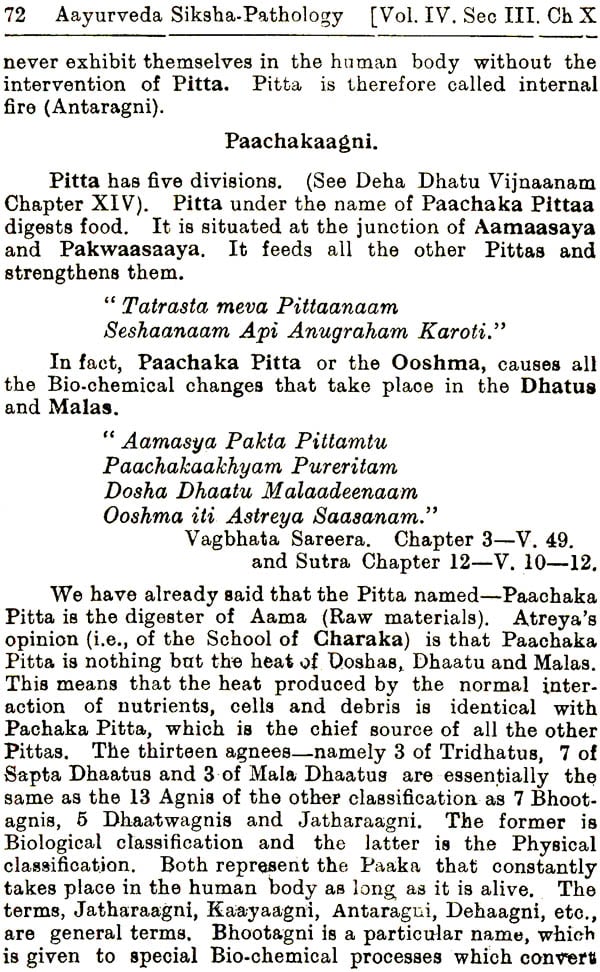

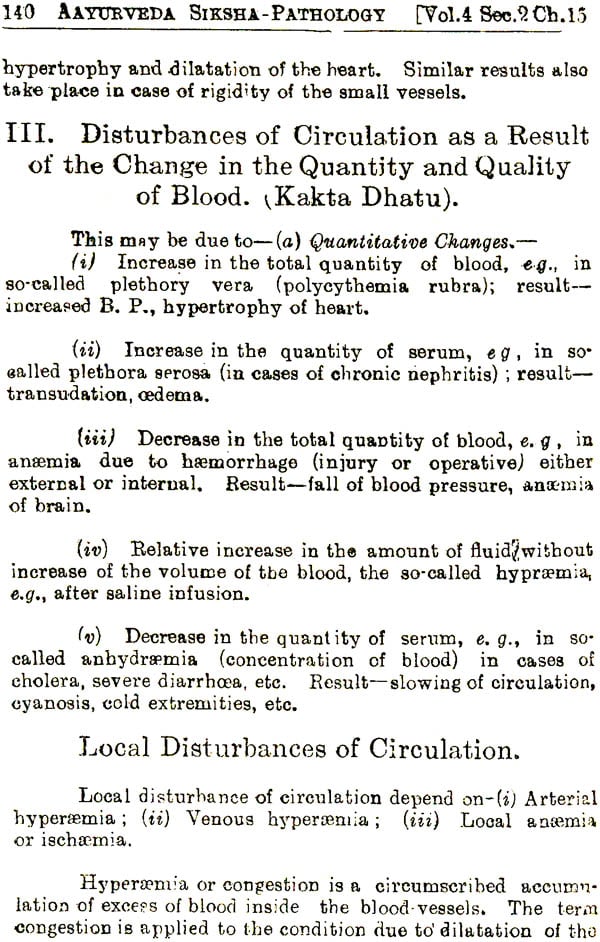
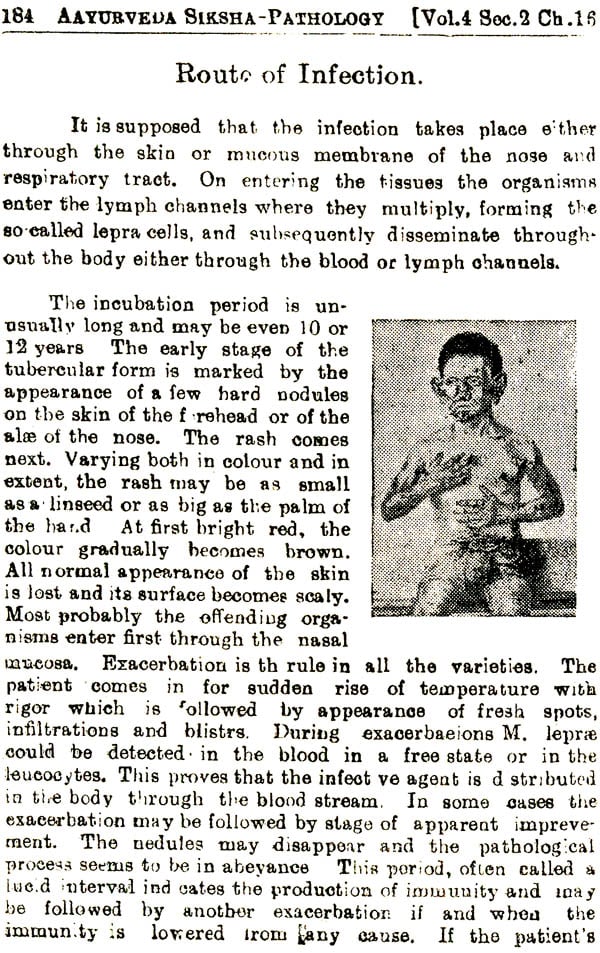
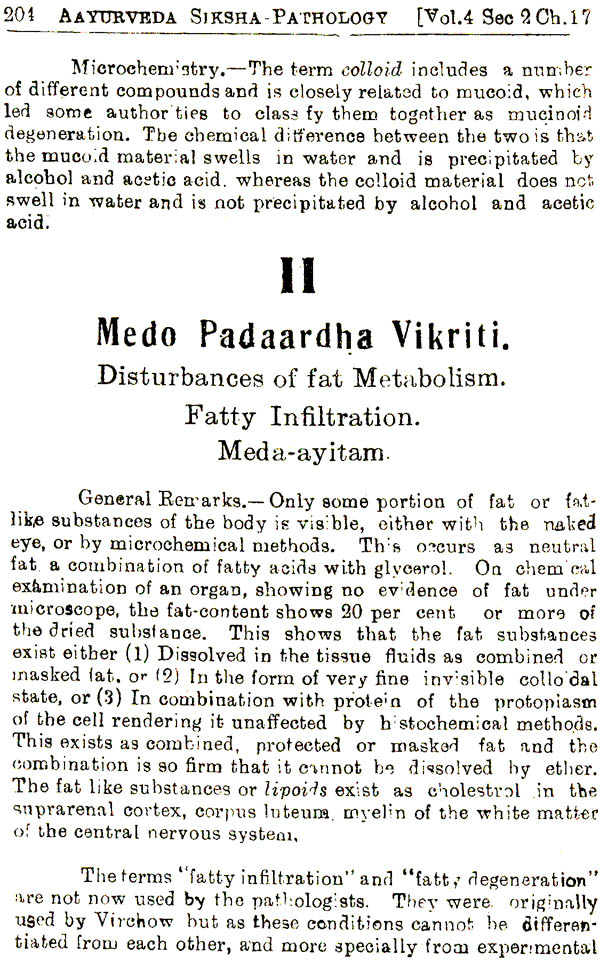
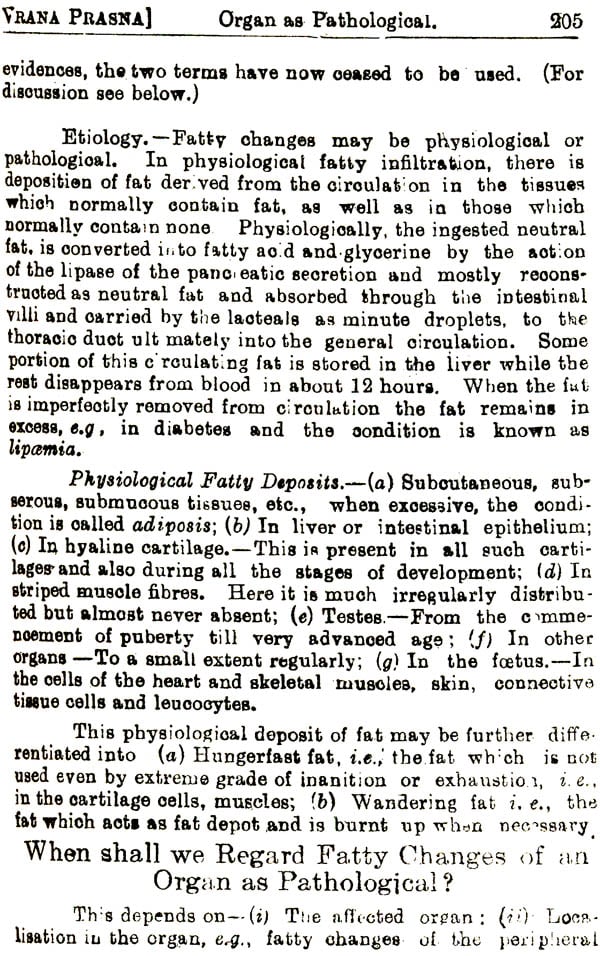
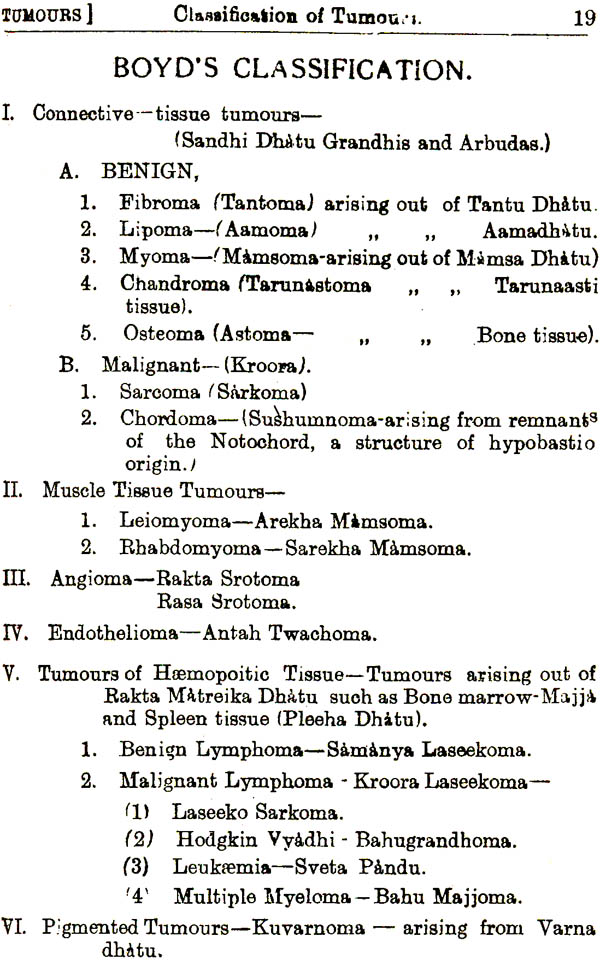

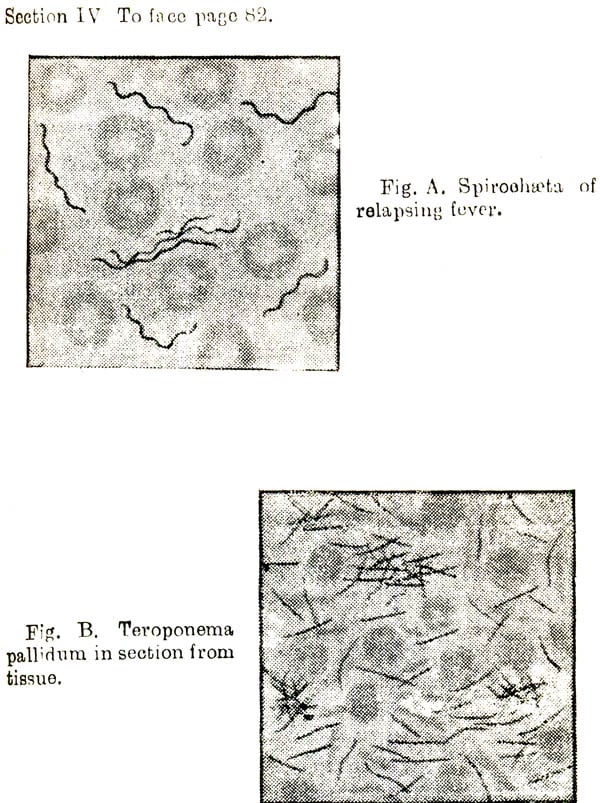
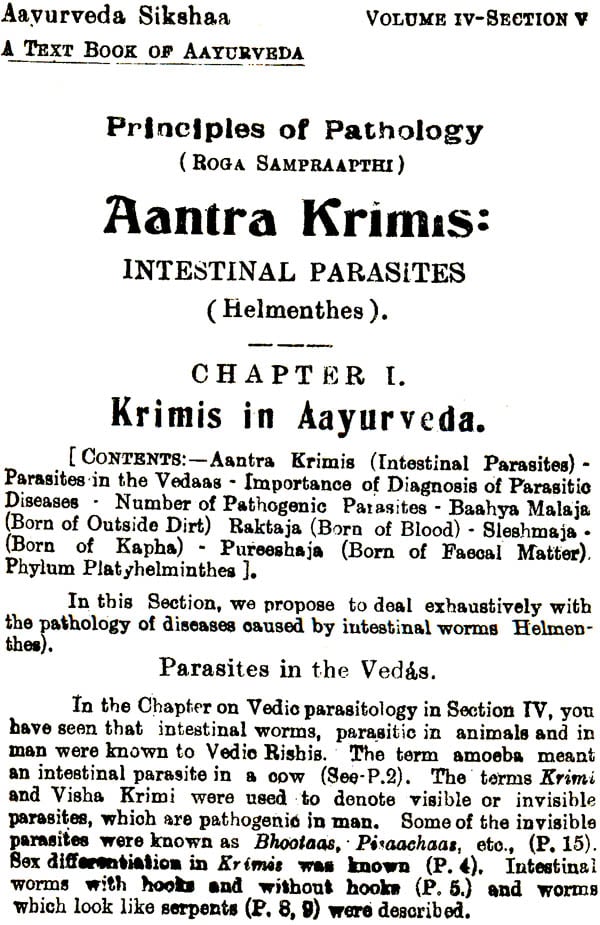
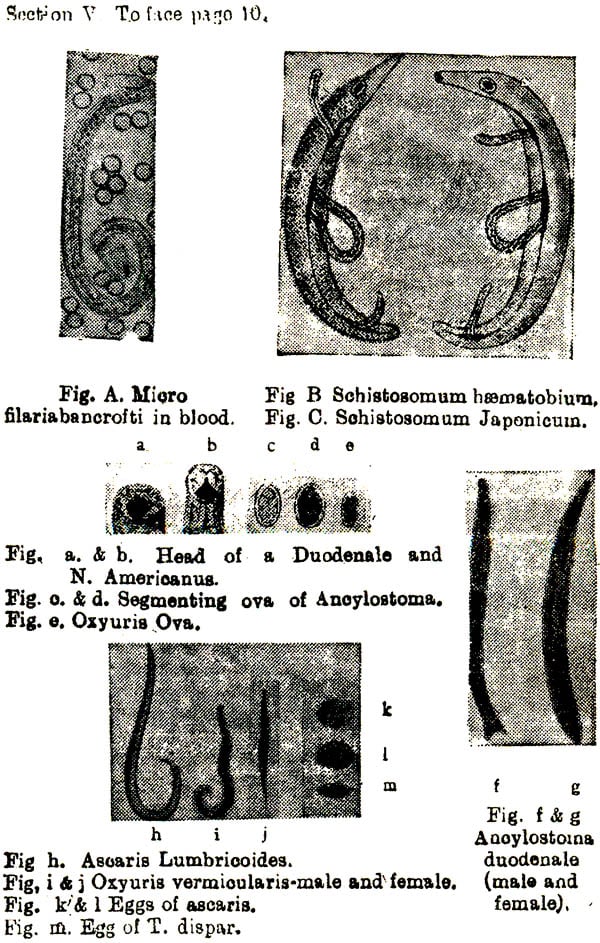
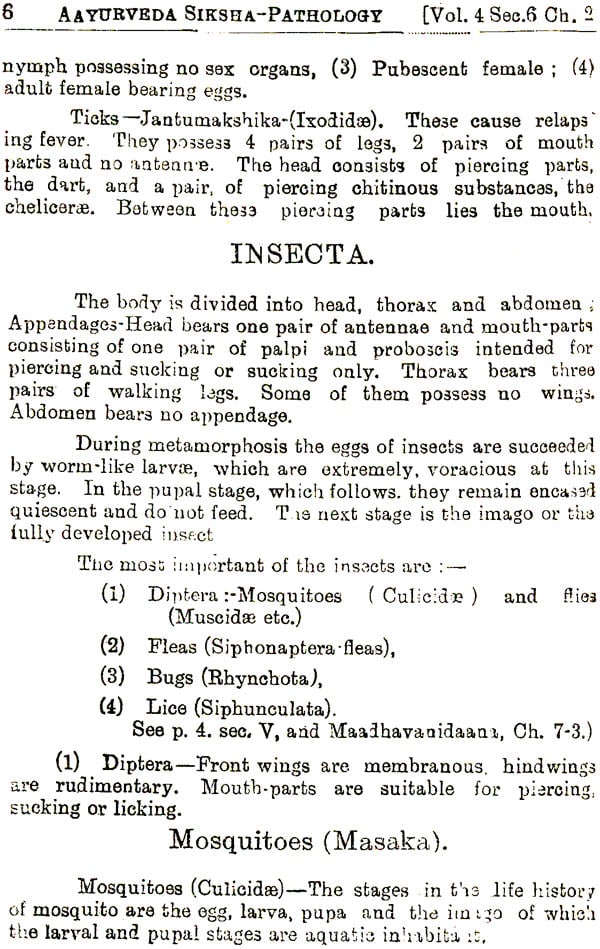
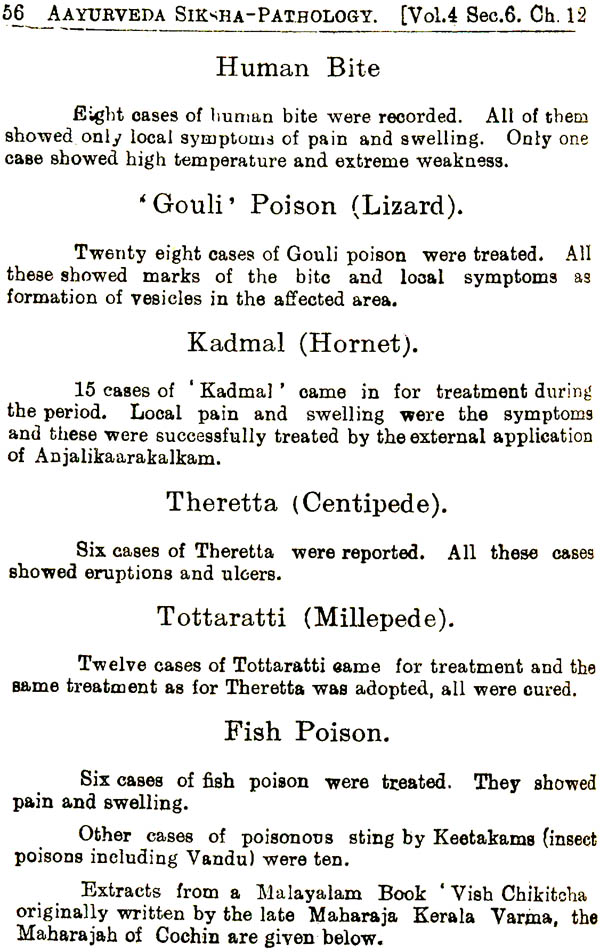
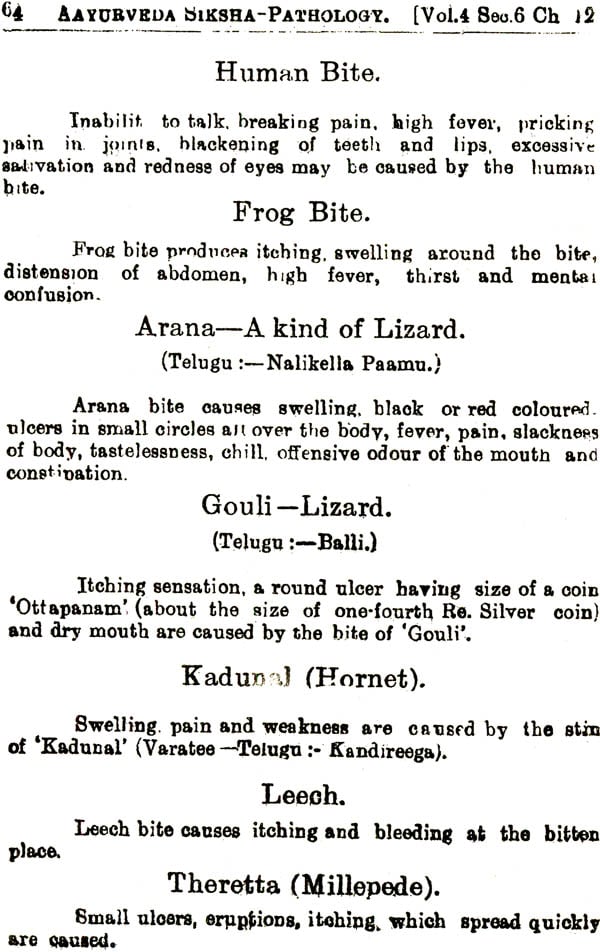
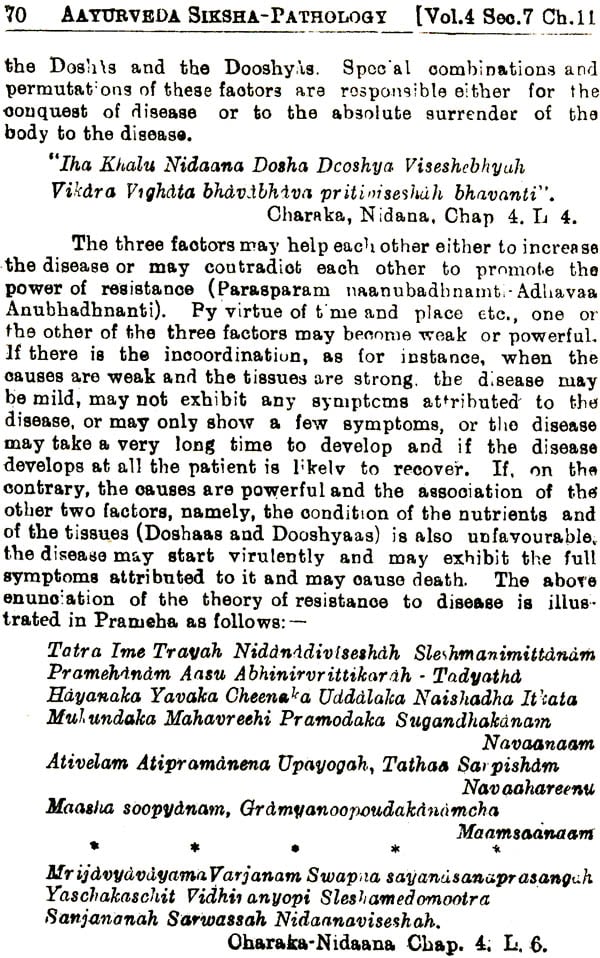
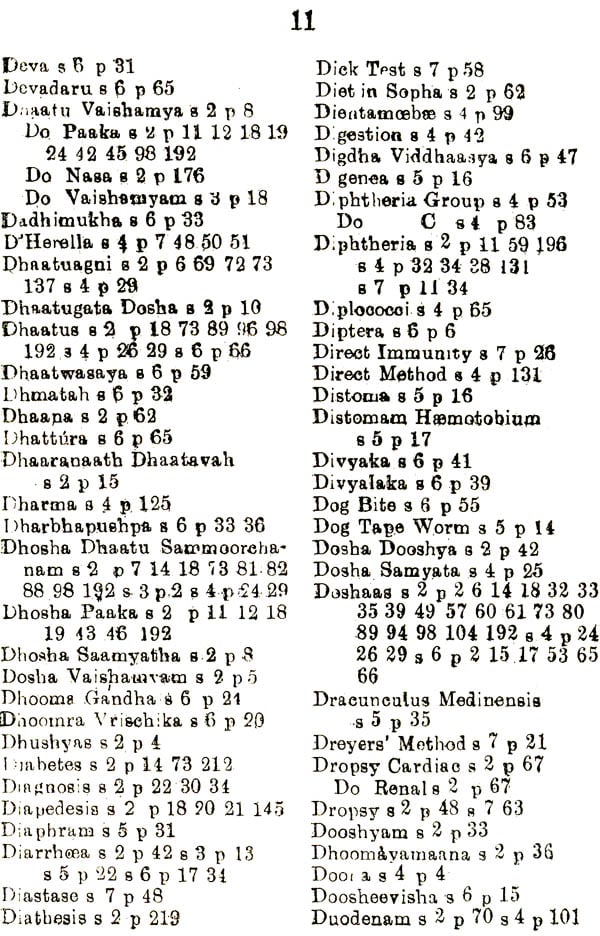
 to all international destinations within 3 to 5 days, fully insured.
to all international destinations within 3 to 5 days, fully insured.




